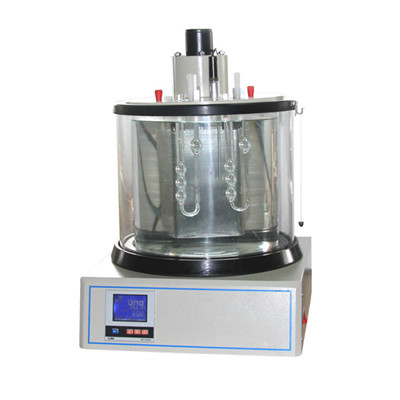

The shear wave interaction with the fluid changes with changes in viscosity and density, which can be measured by the electrical properties of the piezoelectric sensing element. The oil’s viscosity determines the thickness of the fluid layer that is hydro-dynamically coupled to the surface of the resonator. The top surface of the sensing element interacts with the oil forming a thin fluid layer (on the order of microns) that moves with the vibrating surface. Viscosity can be measured by placing a piezoelectric thickness shear mode (TSM) resonator (sensing element) in contact with oil.

Therefore, monitoring oil viscosity can provide timely warnings of deteriorating oil quality. The build up of soot and sludge in the oil causes the viscosity to increase. The presence of water, fuel and other contaminants causes the viscosity of oil to decrease. Viscosity is a good indicator of oil quality. SenGenuity’s (USA) in-line/on-line, viscosity sensor provides in-situ, temperature-compensated viscosity measurement.


 0 kommentar(er)
0 kommentar(er)
